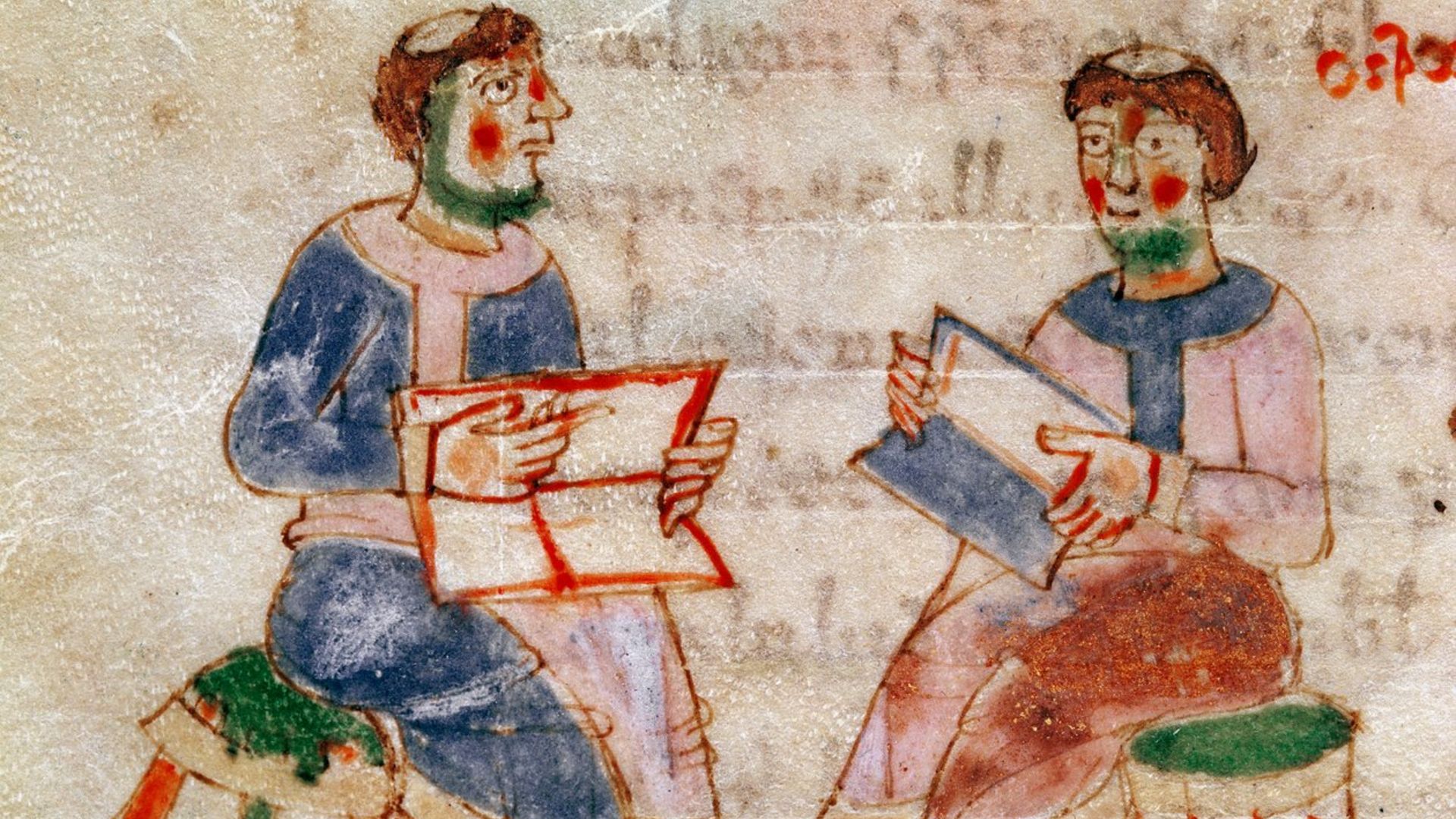The Medieval Origins of Astrophysics
Long before telescopes and modern labs, a curious Oxford friar named Fishacre turned to the mysteries of light and color to decode the universe. In the heart of medieval England, Fishacre didn’t just stare at the night sky in awe—he wanted answers. By studying how light refracted and colors dispersed, he began to theorize about the composition of stars and planets.

He believed that the distinct colors seen in the sky hinted at what celestial bodies were made of. Centuries later, contemporary astrophysics uses similar methods—spectroscopy—to analyze what stars are made from. Fishacre’s early curiosity set the stage for today’s breakthroughs. Who knew that a friar’s fascination with rainbows would eventually lead scientists to discover the elements burning inside distant suns?
Light Years Ahead of His Time
It’s both inspiring and a little funny to imagine medieval scholars squinting at colored glass instead of peering through high-powered telescopes. Still, Fishacre’s blend of philosophy and science laid the groundwork for modern astronomy. Next time you look up at the stars, remember: even in the Middle Ages, minds were burning bright with cosmic curiosity.
Sources:
Source